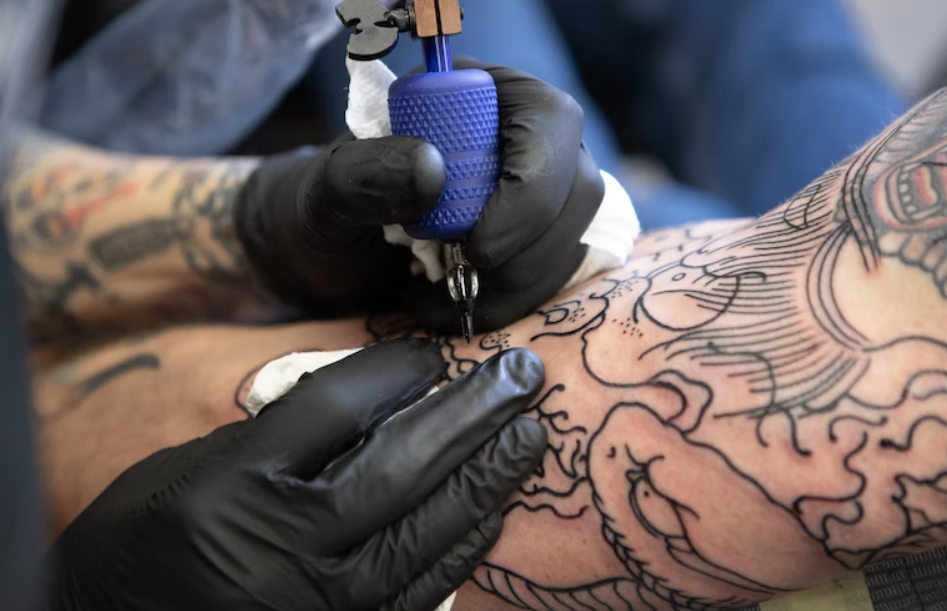It Is Not Too Early to Put Up Christmas Decorations, Science Says So!

© James Wheeler / Unsplash
Have your parents ever told you not to put up the Christmas lights too early or it will bring you bad luck? Maybe you have even heard it for after Christmas as well. Even if you really wanted them because they make you feel good? Well, science is here to help you out! There is a recent belief that Happiness and Christmas decorations actually go hand in hand, and putting those lights up early can improve your happiness!
How Happiness and Christmas Decorations Are Linked
Getting into the holiday spirit early by putting up Christmas decorations before Thanksgiving might actually boost your happiness, according to psychologists. The anticipation and excitement of the upcoming festivities can positively affect your mood, as reported by the British website Unilad. Psychologist Deborah Serani confirmed that decorating can indeed lift your spirits. So, if you are eager to start stringing up those Christmas lights, go ahead and spread the cheer!

According to psychologist Deborah Serani, decorating for Christmas can lead to a neurological shift that triggers happiness. Engaging in activities outside our usual routine signals our senses, and the festive decorations can be pleasing, resulting in a spike in dopamine, a feel-good hormone. She told TODAY: “It does create that neurological shift that can produce happiness. I think anything that takes us out of our normal habituation, the normal day in, day out … signals our senses, and then our senses measure if it’s pleasing or not.”
But Why Do Happiness and Christmas Decorations Go Together?
The happiness induced by Christmas decorations can be dissected into various elements, according to psychologist Deborah Serani. Bright lights and vibrant colors may play a role, with a nod to chromotherapy or color therapy, known for its potential to increase energy levels and enhance mood. The overall festive ambiance, particularly the enchanting sight of a Christmas tree being illuminated, contributes to the positive experience. The emerging scientific field of neuro-architecture delves into understanding how designed environments, such as holiday decorations, can influence behavior.
Nostalgia Is Also a Reason
Adding to the mix is the powerful nostalgia associated with Christmas. For many, the season represents a magical time, brimming with innocence and joy. The familiar symbols and traditions of Christmas can evoke cherished memories, creating a sense of warmth and happiness. So, whether it’s the vibrant colors, the festive atmosphere, or the touch of nostalgia, Christmas decorations have a multifaceted impact on our emotions, creating a joyous experience during the holiday season.

The likelihood of wanting to decorate early for the holidays is influenced by one’s childhood memories. Positive experiences during the festive season may prompt a desire to recreate that joy, such as by hanging up Christmas lights. Conversely, negative childhood memories may lead to a reluctance to embrace early holiday decorations. Psychologist Elizabeth Lombardo suggests that those with less favorable associations can start new traditions. This includes going away, watching a family movie, or volunteering. According to Lombardo, this creates positive, lasting memories. By doing so, the holidays can be subconsciously linked to newer and happier experiences in the future.
Benefits of Putting Up Early Christmas Decorations
Decorating early for Christmas may not only boost your own happiness but also give off a friendly impression to your neighbors. Research indicates that people perceive Christmas decorations in a home as a signal that the residents are sociable. This then adds a social benefit to the festive early decor.
Have we convinced you yet that happiness and Christmas decorations go hand in hand? Well, if you are still not sure whether it is the right thing to do, do it either way! We definitely encourage it as it will make you more than happy. And hey, even science is saying you can do it!
You might also want to read: What You Wear Changes the Way You Think


